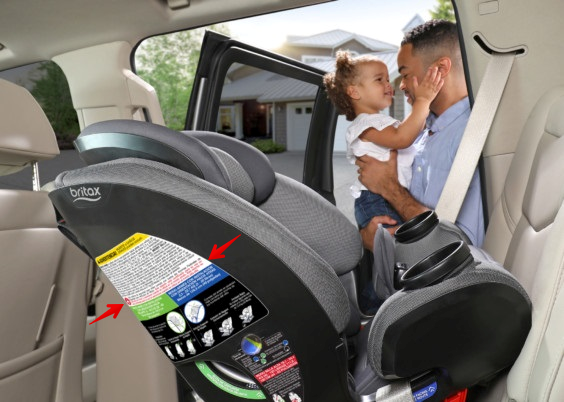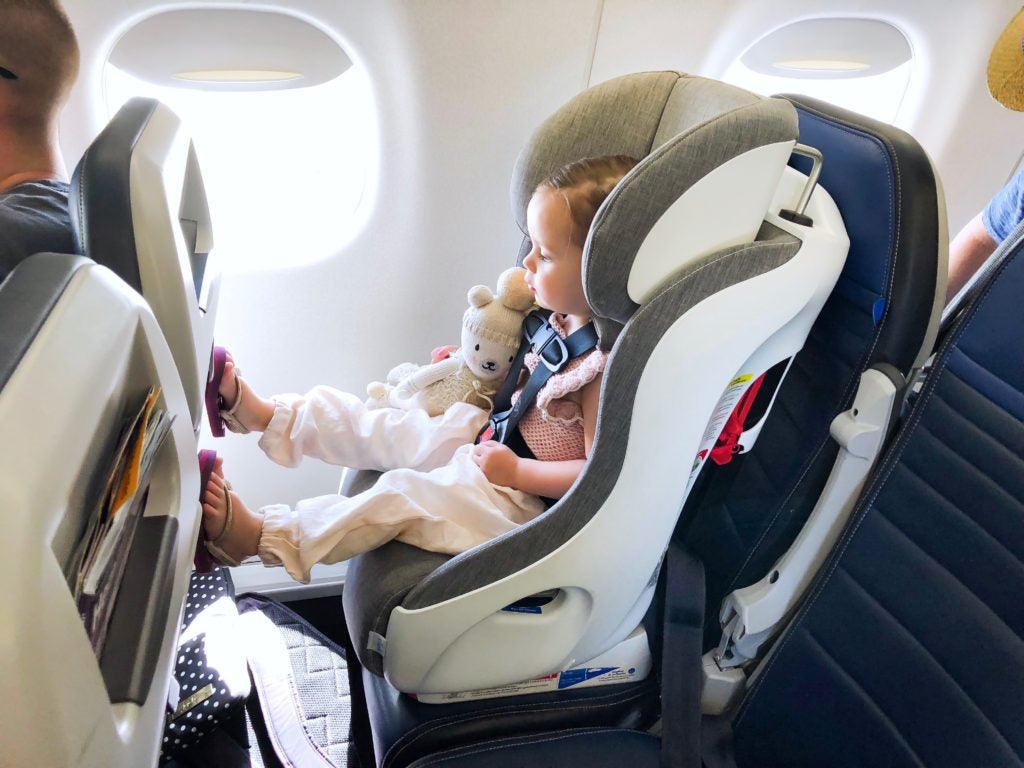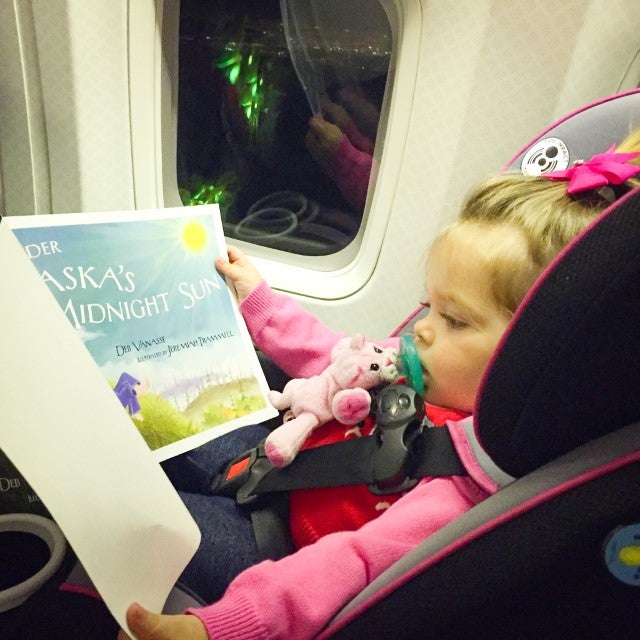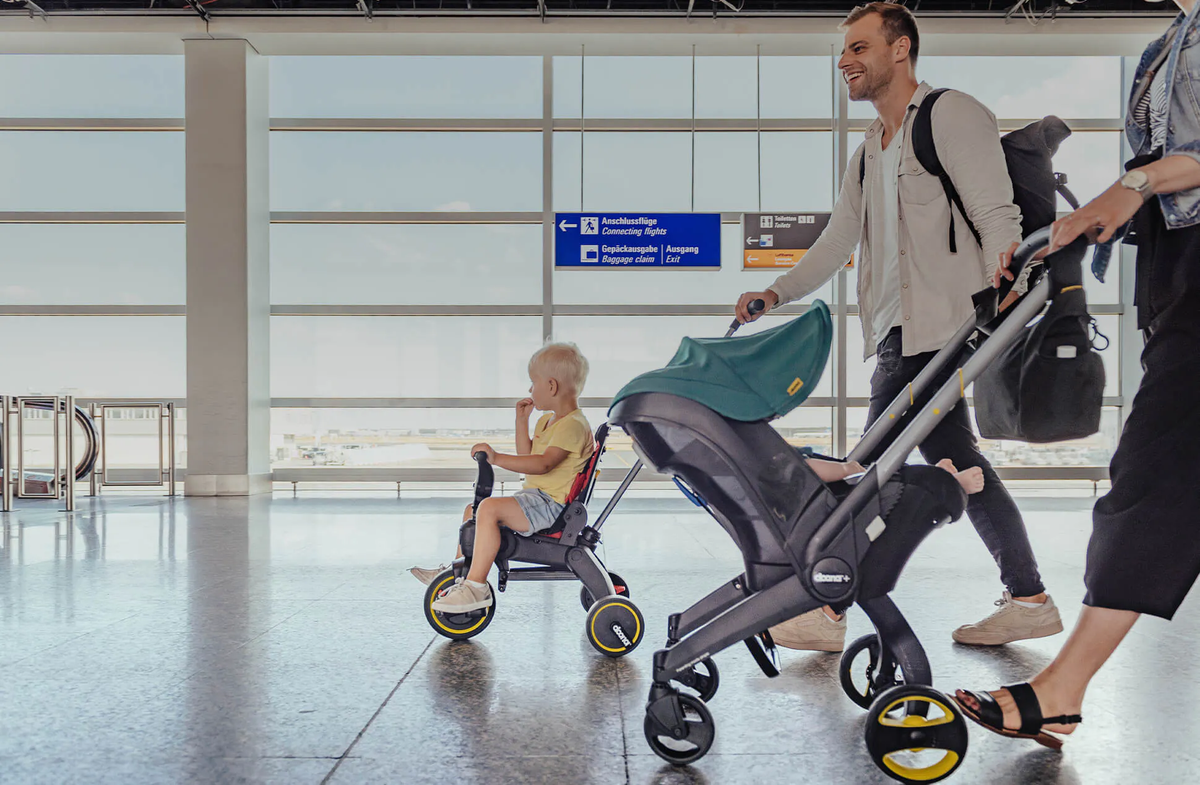Chris Hassan
Chris Hassan
Social Media & Brand Manager
395 Published Articles
Countries Visited: 27U.S. States Visited: 26
Chris holds a B.S. in Hospitality and Tourism Management and managed social media for all Marriott properties in South America, making him a perfect fit for UP and its social media channels. He has a ...
Edited by: Jessica Merritt
Jessica Merritt
Senior Editor & Content Contributor
262 Published Articles 962 Edited Articles
Countries Visited: 4U.S. States Visited: 23
A long-time points and miles student, Jessica is the former Personal Finance Managing Editor at U.S. News and World Report and is passionate about helping consumers fund their travels for as little ca...
& Keri Stooksbury
Keri Stooksbury
Editor-in-Chief
108 Published Articles 3824 Edited Articles
Countries Visited: 54U.S. States Visited: 28
Editing with Upgraded Points for over 6 years, as editor-in-chief, Keri manages the editorial calendar and oversees the efforts of the editing team and over 20 content contributors, reviewing thousand...
![The Ultimate Guide To Flying With a Car Seat in 2025 [U.S. Airline Policies]](https://upgradedpoints.com/wp-content/uploads/2022/08/Doona-car-seat-on-airplane.jpg?auto=webp&disable=upscale&width=1200)





![The Ultimate Guide to Advantage Rent A Car [Expressway Loyalty Program]](https://upgradedpoints.com/wp-content/uploads/2020/10/Car-rental.jpg?auto=webp&disable=upscale&width=1200)
![The 10 Best Car Rental Companies in 2025 [Rates, Service, Loyalty, and More]](https://upgradedpoints.com/wp-content/uploads/2024/07/Car-Rental-Desks-Avis-Budget-Upgraded-Points-LLC-2.jpg?auto=webp&disable=upscale&width=1200)
![How to Book Cheap Car Rentals in San Diego [Price Comparisons]](https://upgradedpoints.com/wp-content/uploads/2020/06/San-Diego-Car-Rental.jpg?auto=webp&disable=upscale&width=1200)
![[Expired] Coronavirus (COVID-19): Rental Car Elite Status Extensions, Changes, and Updates](https://upgradedpoints.com/wp-content/uploads/2020/04/Girl-by-rental-car-in-the-desert.jpg?auto=webp&disable=upscale&width=1200)